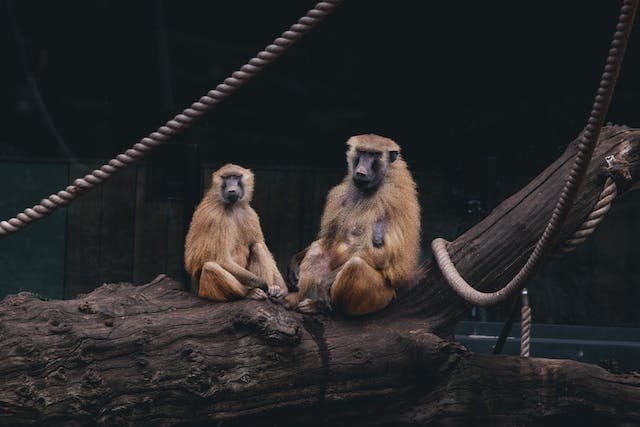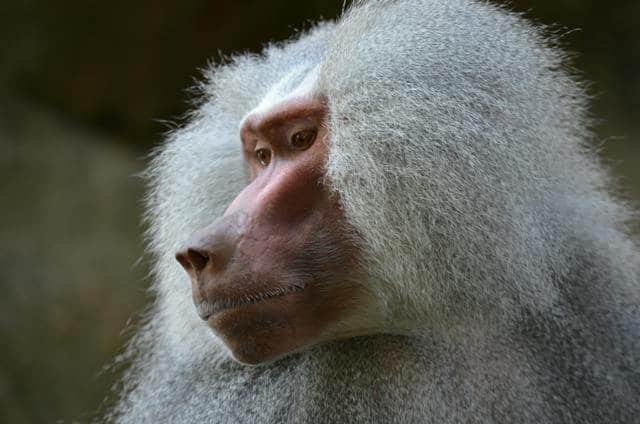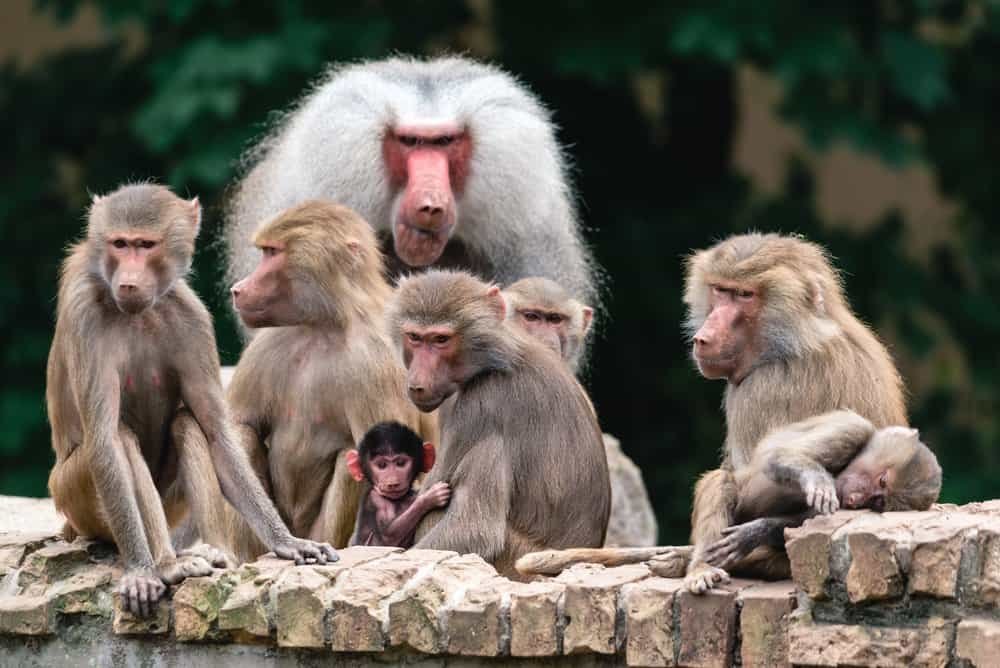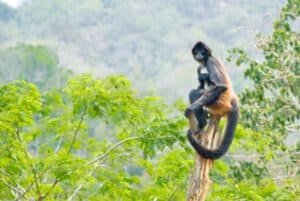Have you ever wondered that How Many Baboons Are Left In The World? There are many baboons in the world, likely as many as a million and perhaps more, since baboons have colonized many ecosystems ranging from tropical rainforests to deserts, able to find a variety of prey and carve out an ecological niche in diverse climates.
Baboons are a species of Old World monkeys found primarily in Africa and also in parts of Arabia. These social creatures are known for their distinctive physical characteristics, such as their long snouts, sharp teeth, and notorious behavior.
However, despite being prevalent throughout the continent, the current population of baboons is facing a decline due to various factors. According to estimates from the International Union for Conservation of Nature (IUCN), there are roughly 200,000 baboons left in the world. This number is alarming when compared to their population numbers just a few decades ago.
Table of Contents
Types Of Baboons
Baboons belong to the genus Papio and are divided into five different species:
- Olive baboon
- Guinea baboon
- Yellow baboon
- Chacma baboon
- Hamadryas baboon
Each of these species has a defined geographical range within Africa. For instance, the Olive baboon is found in 25 African countries while the Hamadryas baboon is found in Ethiopia, Somalia, and parts of Arabia.
Where Do Baboons Monkeys Live?
One of the primary reasons for the decline in baboon population is their decreasing habitat. Baboons are adaptable creatures that can survive in a variety of habitats, including savannas, grasslands, and even mountains. However, they require access to freshwater sources and food supply, which has been disrupted by human activities such as deforestation and urbanization.
Moreover, baboons are highly social creatures that live in large troops that can consist of up to 200 individuals. These troops require vast territories to roam and forage, making it difficult for them to survive in confined spaces.
The Impact Of Habitat Destruction, Hunting And The Illegal Trade

In recent years, habitat destruction, hunting and poaching have been identified as the primary factors contributing to this decline. Baboons rely on forests and woodlands for food and shelter, but due to rapid urbanization, their habitats are being destroyed at an alarming rate. This forces baboons to venture into more populated areas in search of food and water, which often leads to conflicts with humans.
Moreover, baboons are also hunted for bushmeat and trophies. Even though hunting is prohibited in many countries, it still remains a significant threat to their population. In addition, the illegal pet trade has also contributed to the decline of baboons.
Are Baboons Endangered?
Currently, the IUCN has classified baboons as a species of “least concern,” which means that they are not facing an immediate threat of extinction. However, this classification does not reflect the alarming rate at which their population is declining.
Historical Population Trends Of Baboons
According to historical data, the baboon population numbers have drastically declined in recent years. For instance, one species of baboon, the Gelada baboon, has seen a 50% decrease in their population over the past three decades.
Moreover, several subspecies of baboons such as the Kinda and Ruwenzori yellow baboon have been classified as endangered by the IUCN.
1.What Was The Population Of Baboons In 19th Century?
There is limited data on the exact population of baboons in the 19th century. However, it is believed that their population numbers were much higher compared to today. This decline can be attributed to habitat destruction, hunting, and human-wildlife conflicts.
2.How Many Baboons Are Left In The World Today?
According to the IUCN, there are roughly 200,000 baboons left in the world today. However, this number is just an estimate and does not account for all species and subspecies of baboons.
Moreover, as mentioned earlier, their population numbers have been declining at an alarming rate, and it is crucial to continue monitoring their numbers to ensure their survival.
Effect Of Climate Change On The Baboon’s Lifespan

Climate change is another factor that can adversely affect the baboon population. The rise in global temperatures and changes in rainfall patterns have a direct impact on their habitats, food supply, and overall health.
For instance, prolonged droughts can lead to a scarcity of water and food sources for baboons, making it difficult for them to survive. In addition, extreme weather events such as floods can also destroy their habitats and displace entire troops.
Who Hunts Baboons The Most?
Humans are the primary hunters of baboons, whether it is for bushmeat or as trophies. However, other predators such as leopards and crocodiles also prey on baboons.
What Is The Main Cause Of Death For Baboons?
The main cause of death for baboons varies depending on their habitat and location. In areas where they are not subjected to human threats, natural predators such as lions, leopards, and hyenas are the primary causes of death.
However, in regions with high levels of human-wildlife conflict, humans remain the biggest threat to their survival.
How Many Baboons Are Killed?

It is difficult to determine the exact number of baboons killed each year due to hunting and other human activities. However, it is estimated that thousands of baboons are killed annually, leading to a decline in their population numbers.
What Is The Conservation Efforts For Baboons
Conservation efforts for baboons need to be prioritized and strengthened in order to ensure their long-term survival. This includes addressing issues such as habitat destruction, hunting, and the illegal pet trade. It is also important for communities to be educated about the importance of baboons in their environment and to find ways to coexist peacefully with these creatures.
Final Thoughts
The question “how many baboons are left in the world” highlights a pressing issue faced not only by these creatures but by many other wildlife species. It is crucial to take immediate action to protect and preserve these animals for future generations to come. By raising awareness and working towards coexistence, we can ensure a brighter future for baboons and their habitats. So let’s do our part in protecting these fascinating creatures.
Read Also: How Many Squirrel Monkeys Are Left In The World?





